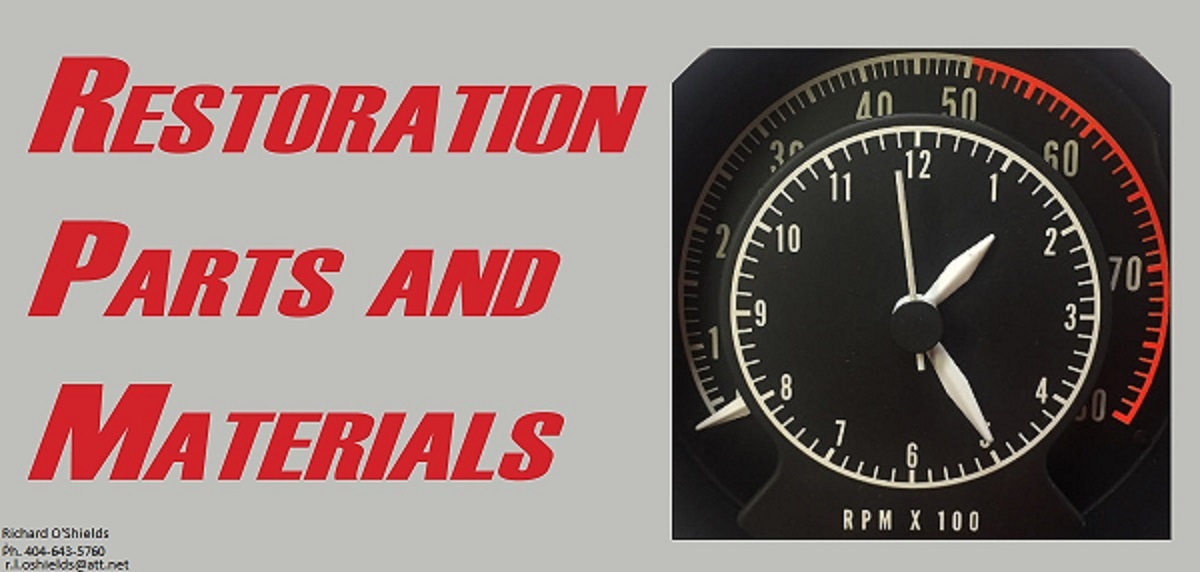I've already popped it into neutral at 40mph and it goes away so it's not the tires out of balance.
If it's the trans parking drum, I thought I might tape some washers to one side of it and see if things change at 40mph.
If going to neutral removes the vibration, then it's not a balance issue, it's load-related.
That absolves the parking drum, too.
I would look at U-joints first. (If you have the B&T for a front joint, that's beyond my experience)
2 things that might not be apparent:
If you remove the shaft and swivel the joints, they might seem OK but yet still have very minor 'scallops' in the race of the U-joint. Most folks swivel the U-joint thru a wide range of motion, which does not emulate how it works in usage, where it only goes thru a few degrees of motion. So it feels OK because you don't notice any gross wobble issues. Also, old grease can pack into scallops also, due to the limited range of motion. But if you disassemble, you can see wear that's not as easy to feel by hand.
#2 - this is where amateur's U-joint replacement comes in:
Sometimes people just swap the new U-joint in via pressing it in the vise with some sockets, get the clips installed, and call the job complete. (I was guilty of this years ago)
Then a professional taught me to install only 2 bearings into the yoke, and swivel it afterward and check for tightness. The pressing can distort the yoke ever so slightly, making a tighter hold on the bearing. If so, put a pin-punch on an ear of the yokes, and give a healthy tap outward/away from the joint, and swivel it again. Do this iteratively on each yoke ear (1 attempt/ear) until everything is smoothest. Consider that by doing too much on only 1 ear, you can make the distortion you are trying to remove, and you'll chase your tail. When that half of U-joint swivels freely in its yoke, doe the 2nd half, and check that afterward. (yes, you can install all 4 and if all swivels freely then you're 'golden', but if it doesn't, you have 4x ears involved, instead of 2)
If the U-joint is OK, then it could be in the axle.
Years ago my parents had an 8-1/4 axle that would sometimes make a really bad shudder. My folks thought I was exagerrating the issue, wanting the old car 'to be just like new'.
I had heard somehow (this was early internet days) that 8-1/4 axles could have bad spider gears.
Finally one day the 'ole girl was bucking so hard when I left home it was practically undrivable, so I returned for Ma and Pa to experience it.
The diff cover was popped off. One of the cross shafts for the spider gears had a scallop worn about 1/8" deep (well, maybe only about .060" deep!) but there was no denying that there was indeed a problem. I presume that most of the time the parts were floating in sync, but when that got disturbed, the gears would bobble for a bit and cause vibration. (Ironically, parts were NLA at the dealer, but because the axle was made by Spicer, I found a spider gear/cross-shaft repair kit via a heavy-truck repair dealer!
















